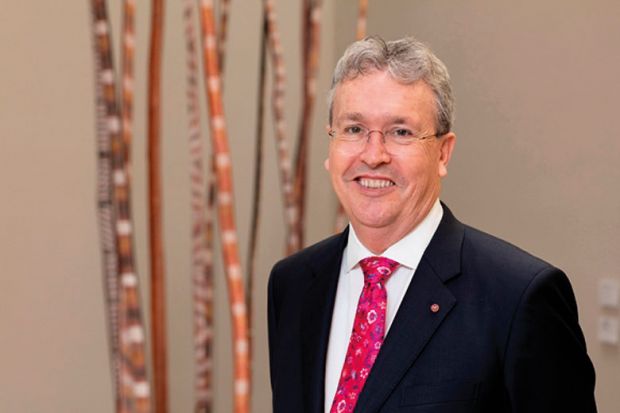Australia has just eight months to develop and pilot a performance-related funding system that could net the average university about A$2 million (£1.1 million) a year, a long-awaited discussion paper suggests.
The paper, released on 18 December, outlines the principles that will guide the allocation of additional teaching funds from 2020 following a two-year freeze of the Commonwealth Grants Scheme.
The document outlines the performance measures that could be considered in the new system, which will determine which universities qualify for grant increases in line with adult population growth.
This is expected to be about 1.1 per cent, equivalent to A$70 million, to be doled out among the 40-odd institutions that receive teaching grants.
The paper sets a tight timeline for the system’s implementation, with universities’ performance to be assessed for the first time in August 2019. Their success or otherwise in attracting the extra funds would be communicated to them in September or October.
The paper nominates student attrition, retention, completion and satisfaction as likely performance measures, along with graduate employment and further study rates.
Others could include participation by disadvantaged, rural and indigenous students, and repayment rates of student loans.
The discussion paper asks whether universities should receive the extra funds for simply meeting minimum levels of performance, or whether they would have to outperform half their peers, and whether “stretch” targets could also be set to encourage them to excel.
Another possibility is that each university’s performance could be assessed “against its own rolling average” rather than its peers. “However, each university does not exist in a vacuum,” the paper notes.
Other questions include whether growth funds denied to poorly performing institutions should be redistributed to those that do well, and whether the funding increase should reflect regional population growth rather than overall national demographics.
The paper notes that designing feasible performance-based funding systems is no easy feat, particularly in a market where behaviour is “distorted” by the availability of income-contingent loans.
It also observes that performance can be contradictory, pointing out that three institutions with particularly high attrition rates – the University of Tasmania and, in Victoria, Swinburne University of Technology and Federation University – also have relatively good graduate employment outcomes.
Nevertheless, the paper insists that a workable performance-related funding system is achievable, citing previous regimes in Australia as well as examples in the UK, New Zealand, Tennessee and Louisiana.
The new approach will usher a shift in emphasis from quantity – as demonstrated by Australia’s demand-driven system, which was “not financially sustainable” – to quality, the paper insists. “Ideally, higher quality and efficient providers would be rewarded with greater market share, leading to an overall increase in the quality of the sector,” the paper says.
The government has given the sector until 15 February to provide feedback on the proposals. It has appointed University of Wollongong vice-chancellor Paul Wellings to chair a panel of experts advising on the new system’s implementation.
Education minister Dan Tehan said that the panel would hand the government an interim report by the end of March. Its final report is due at the end of June, which is likely to be after next year’s election.




